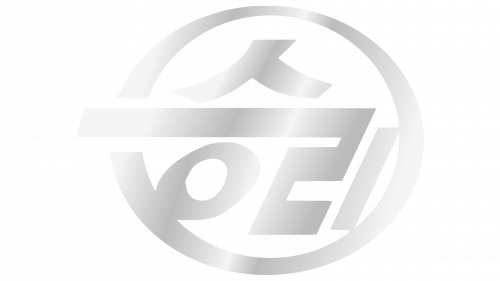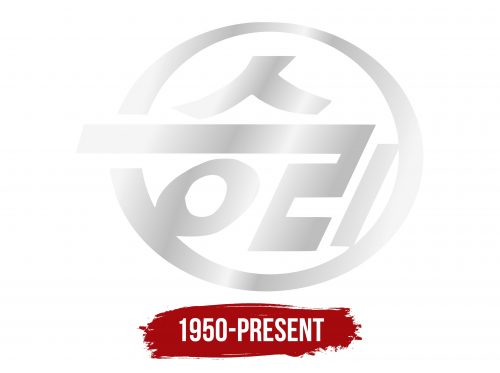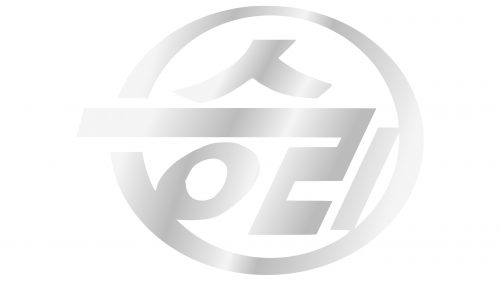The logo of Sungri Motor Plant reflects the positive outlook of the North Korean automobile manufacturing company, which produces various types of vehicles. The emblem conveys the texture of silver metal, which has excellent protective properties.
Sungri Motor Plant: Brand overview
Establishing the government’s vehicle manufacturing in North Korea in 1950 marked the beginning of the Sungri Motor Plant’s history. The facility was originally named “Sungri,” which means “Victory” in Korean, and was established in Tokchon, South Pyongan Province.
Construction on the plant began as soon as the Korean War ended in 1953. Throughout this period, North Korea concentrated on growing its industrial sector and reconstructing its economy. One of the major initiatives under this plan was this facility.
The assembly plant produced its first vehicle in 1958, a truck known as the Sungri-58, modeled after the Soviet GAZ-51. In North Korea, the automobile industry started with this incident. The nation’s need to reconstruct its infrastructure following the war led to the launch of a truck as the first model.
Production increased during the 1960s. The plant started manufacturing multiple vehicle modifications designed to meet the demands of the country’s economy. At this time, North Korea extensively collaborated with the Soviet Union and other communist nations, exchanging equipment and technical support.
The facility kept evolving in the 1970s. The new truck model was unveiled as an upgraded version of the prior model, the Sungri-61. For many years, this truck was North Korea’s main workhorse.
In the 1980s, efforts were made to create North Korea’s automobile models. These attempts, however, were constrained by North Korea’s international isolation and economic hardships. The facility mostly kept on making adjustments to models that had already been created.
Following the fall of the Soviet Union in the 1990s, the factory and the North Korean economy experienced enormous difficulties. The former socialist countries’ decision to stop providing economic aid resulted in decreased output and a shortage of spare parts.
Despite the challenges, the plant continued to run into the 2000s. The factory began manufacturing the Jaju-58, a new truck type that was an updated version of earlier models. This automobile came to represent North Korea’s goal of automotive self-sufficiency.
The facility remained operational in the 2010s, but little is known about its operations because North Korea is still blocked from the outside world. It is known that the facility manufactured trucks and specialty cars to meet the nation’s needs.
Meaning and History
What is Sungri Motor Plant?
It is a North Korean automobile manufacturer that mainly produces cars for domestic consumption in the country. The corporation operates as a state-owned enterprise under the strict supervision and direction of the North Korean government. The company produces various cars, trucks, buses, and military vehicles. These vehicles are manufactured according to the unique requirements and specifications of the North Korean market.
1950 – today
The North Korean company chose a round logo to emphasize its connection to the world of vehicles. This logo serves two functions:
- Represents a steering wheel, wheel, and headlight.
- Acts as a background for the name.
The emblem closely relates to automotive technology, showcasing it through shape and texture. It visualizes the surface of a vehicle, shiny like bright light and smooth like polished metal. At the same time, the gleaming metal gives off a cold impression, as no other colors are present. This coolness from the logo creates a sense of detachment.
Inside the white circle are Korean characters representing the company’s name. These large, massive, impressive characters occupy almost all the inner space. The glyphs, designed in an Asian style, are both angular and rounded. This visual balance adds harmony to the emblem, as consumers see what they get in reality: safe and well-thought-out vehicles of various types. Despite their limited technological advancement, these vehicles are in high demand domestically, catering to the local market. The logo exudes a powerful energy essential for building trucks and buses.
The characters appear mysterious, resembling pieces of ice. The text is only in one language, reflecting the company’s focus on the local market and its inability to export due to international sanctions. Consequently, its visual identity is presented in a single version. The text is divided into two levels, with smooth glyphs resembling brushstrokes—neat, precise, and confident—hinting at the manufacturer’s professionalism, attention to detail, and careful approach to work.
The ring surrounding the text is uneven in thickness. At times, the line becomes thin, as if about to break, while thickening in other areas. This graphic technique adds dynamism to the two-dimensional emblem and enhances its appeal. On the left, the stripe is interrupted by a stroke extending from the central glyph, suggesting movement and adding dynamism to the logo. The color remains consistent throughout, a uniformly shiny silver with a subtle gradient.





